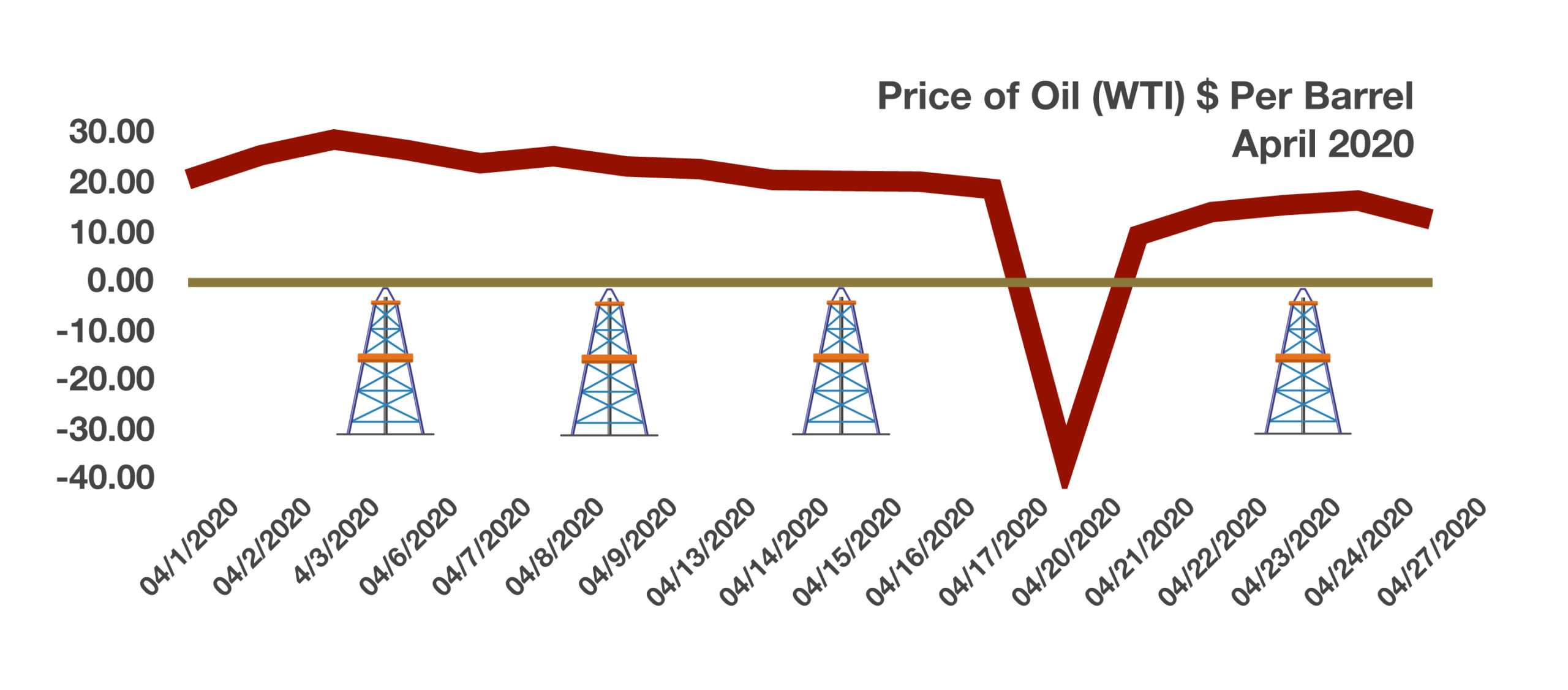
Stock Indices:
| Dow Jones | 42,270 |
| S&P 500 | 5,911 |
| Nasdaq | 19,113 |
Bond Sector Yields:
| 2 Yr Treasury | 3.89% |
| 10 Yr Treasury | 4.41% |
| 10 Yr Municipal | 3.31% |
| High Yield | 7.26% |
YTD Market Returns:
| Dow Jones | -0.64% |
| S&P 500 | 0.51% |
| Nasdaq | -1.02% |
| MSCI-EAFE | 17.30% |
| MSCI-Europe | 21.20% |
| MSCI-Pacific | 10.50% |
| MSCI-Emg Mkt | 8.90% |
| US Agg Bond | 2.45% |
| US Corp Bond | 2.26% |
| US Gov’t Bond | 2.44% |
Commodity Prices:
| Gold | 3,313 |
| Silver | 33.07 |
| Oil (WTI) | 60.79 |
Currencies:
| Dollar / Euro | 1.13 |
| Dollar / Pound | 1.34 |
| Yen / Dollar | 144.85 |
| Canadian /Dollar | 0.72 |
Macro Overview
The U.S. and global markets were encouraged with the announcement of reopening plans by various states and the probability of reigniting economic activity. Individual states started to ease restrictions and allow certain businesses to reopen for the first time since a state of emergency was declared on March 14th. Analysts and economists agree that it may be a drawn-out process of reopening the economy as normalcy is gradually restored.
Congress voted to inject an additional $484 billion into the original Paycheck Protection Program passed in March. The program ran out of its initially allocated $350 billion in stimulus funds in mid-April with over 1.6 million loans having been approved. Smaller businesses with less than 500 employees are the target for the stimulus payments, not larger corporations. Funds critical to keeping small businesses open have been failing to reach smaller neighborhood establishments in time, prompting the increasing possibility of a multitude of bankruptcies and business closures.
Labor Department data revealed that nearly all of the jobs gained since the recession of 2008-2009 were essentially lost in three weeks. Revised unemployment claims through the end of April showed an increase to over 30 million people filing for unemployment since the pandemic shuttered the economy in mid-March.
Three of the largest employing industries in the country have become extremely vulnerable to the crisis. The auto, energy, and housing industries employed over 17 million workers throughout the country as of the end of 2019. The Federal government as well as the Federal Reserve are studying methods as to how best to subsidize and support employment in these industries. Another crucial component to the economy, the airline industry, has already been appropriated $25 billion in assistance funds in order to support operations and employment.
Supply chain disruptions throughout the food industry are leaving grocery store shelves barren as shoppers horde perishable and cleaning products. Dramatic shifts in consumer behavior have also stirred shortages and inventory challenges for stores across the country. Rationing of various products including pork, meat, toilet paper and hand sanitizers is expected to continue as reported by the U.S. Food & Drug Administration.
Economists suggest that a lack of consumer confidence, along with the lingering fear of another virus outbreak in the fall, will hinder consumers from continuing to spend freely. Consumer confidence and spending is at the forefront of critical data of which economists and analysts will be closely following to determine how severe of an economic downturn the U.S. may suffer. Consumer confidence and retail sales bore the wrath of the virus outbreak as stores were shuttered across the country with the Federal Reserve (Fed) reporting that retail sales fell a record 8.7% in March.
Crude oil production in the United States, which is measured by West Texas Intermediate (WTI), traded as low negative $36 per barrel in mid-April. The sudden collapse in oil prices was the result of excessive global supply in a recessionary global economy, creating a shortage of storage for oil worldwide. Optimistically, lower gasoline prices may help propel the U.S. economy as economic activity slowly resumes. (Sources: Labor Department, SBA, Fed, BEA). Market Update: (Bloomberg).

